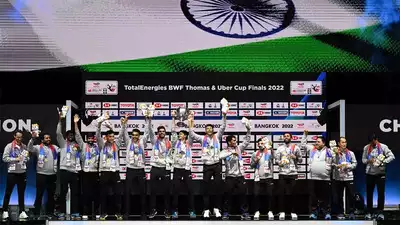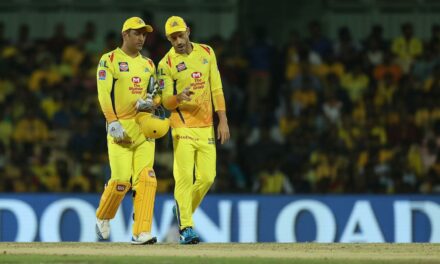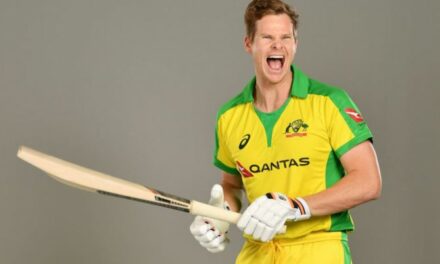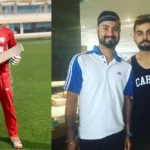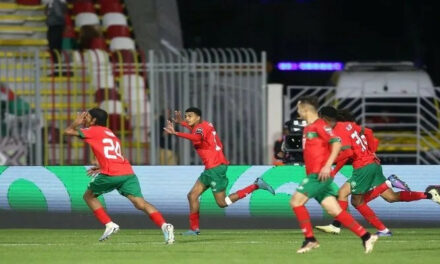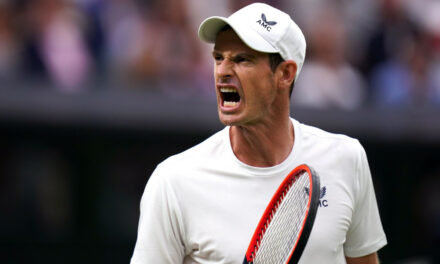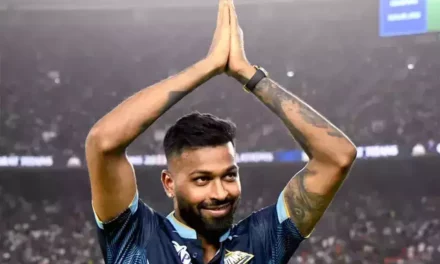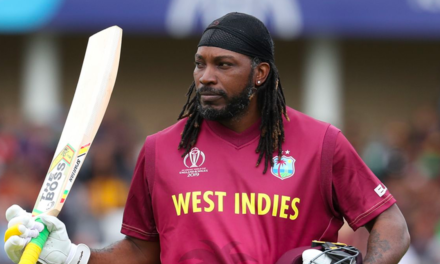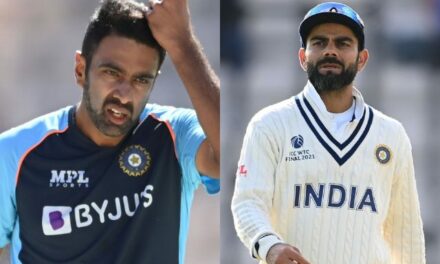
The best T20 World Cup moments: Gayle opens the inaugural edition with a ton of memories
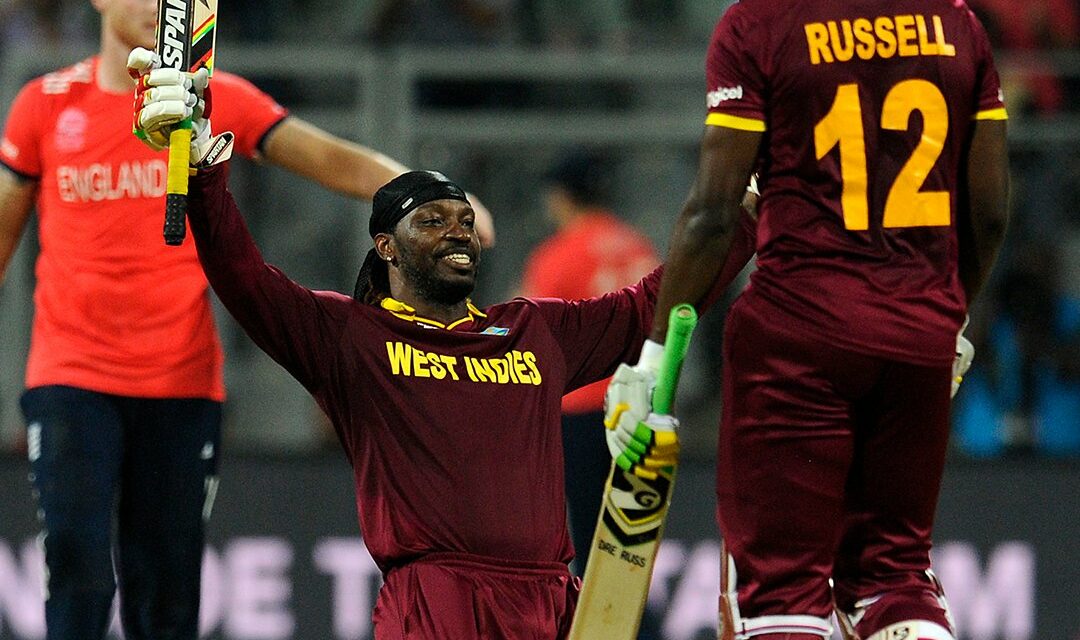
The first match of the first T20 World Cup. The four with the first ball declares the tournament open. The first individual century in international T20 competitions.
Second 200-plus team score in T20Is at the time. And yet, Chris Gayle-powered West Indies end second-best on the unforgettable Johannesburg night. There will be claimants and pretenders, imposters and wannabes, but firsts will always elicit an emotion of purity and awe.
Fourteen years back, in a world far removed from masks, virus, and vaccine, in a year preceding the Indian Premier League, and months after the broadcasting disaster masquerading as a 50-over World Cup in the Caribbean, T20 cricket took off from yet-to-become-Universe Boss’ blazing blade.
West Indies, helmed by Ramnaresh Sarwan faced hosts South Africa, led by Graeme Smith at the Wanderers, and as Gayle sent Shaun Pollack’s first ball to the fence past cover point, cricket turned a corner.
This was just the 20th 20-over international of the time, and the limitless possibilities of cricketing endeavour were yet to bloom on the T20 turf. Critics shrugged off the format as ‘slam-bang cricket’, not unlike the opposition that greeted white balls and coloured clothing in the Kerry Packer era. But just as innovation lifted the sport from the tyranny of tradition then, the free-spirited swing of Gayle’s bat knocked the apprehensions out of the park in 2007.
Less than 40 minutes and 10 overs into the contest, West Indies had raced to 100. Using his long reach and brute force to pulverising effect, the Jamaica southpaw brought up his 50 off 26 balls; the 100 arrived on the 50th ball he faced. If a strike rate of 200 is pulsating today, it was jaw-dropping then.
The South African pace battery of Pollock, Makhaya Ntini, Johan van der Wath, Vernon Philander, Morne Morkel, and Albie Morkel – conditioned by the traditional wisdom of good length – kept pitching in Gayle’s arc, who sent the ball in distinct parabolas straight down the ground. A checked flick off Pollack landed in the stands, and when Ntini tried a yorker, Gayle casually made room outside the leg stump and creamed the ball over mid-wicket. Width outside the off-stump was duly punished, and runs bled between extra cover and long-on, sending the home crowd scurrying for cover.
By the time he miscued a pull off Johan van der Wath, Gayle had plundered 117 runs off 57 balls, including seven fours and ten sixes. Only three other batters reached the double figures for West Indies, with Devon Smith’s 34-ball 35 being the second-highest score.
The entire script didn’t go to Gayle’s liking though. A stunning assault from Herschelle Gibbs – reminiscent of his match-winning innings in that 434 game against Australia, played on the same ground 18 months back – saw the hosts chase down 206 inside 18 overs.
Gayle, having scored a Test triple hundred against South Africa just two years back, would peel off another triple ton later in his career and end his red-ball stint in 2014 with a very respectable average of 42.18 across 103 Tests, but his legacy would well and truly be defined by his T20 genius.
West Indies, a Test team in terminal decline, would unearth their potential in the shortest format, and go on to lift the trophy in 2012 and 2016, besides producing a bevy of celebrated T20 mercenaries in Dwayne Bravo, Kieron Pollard, and Gayle, but Wanderers 2007 is where the story began – in a losing cause.

